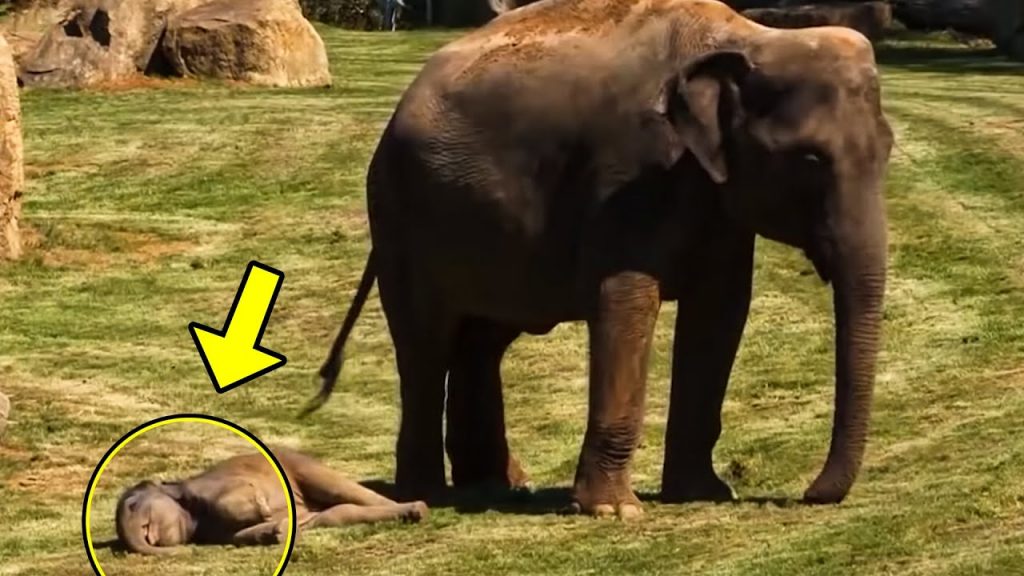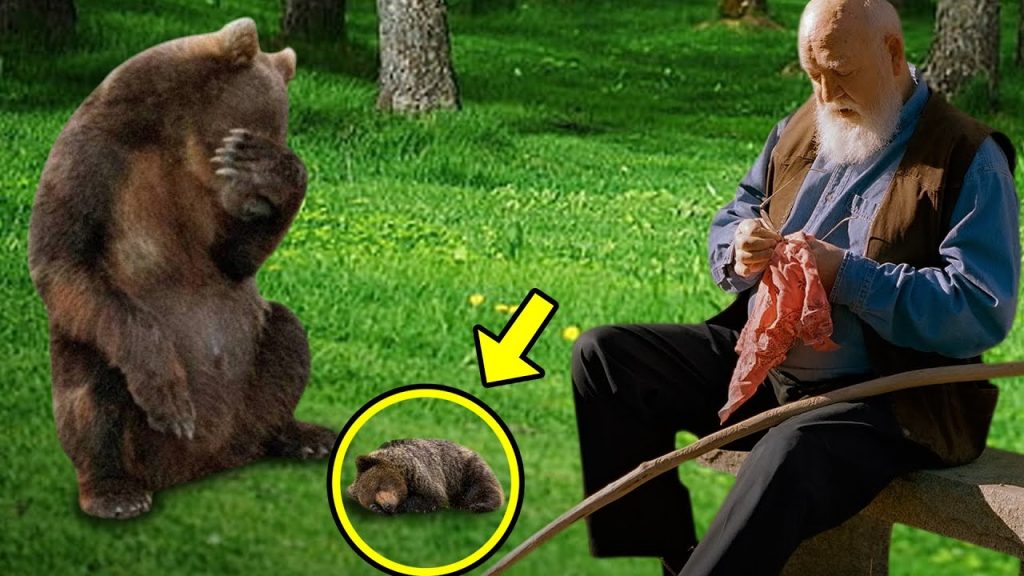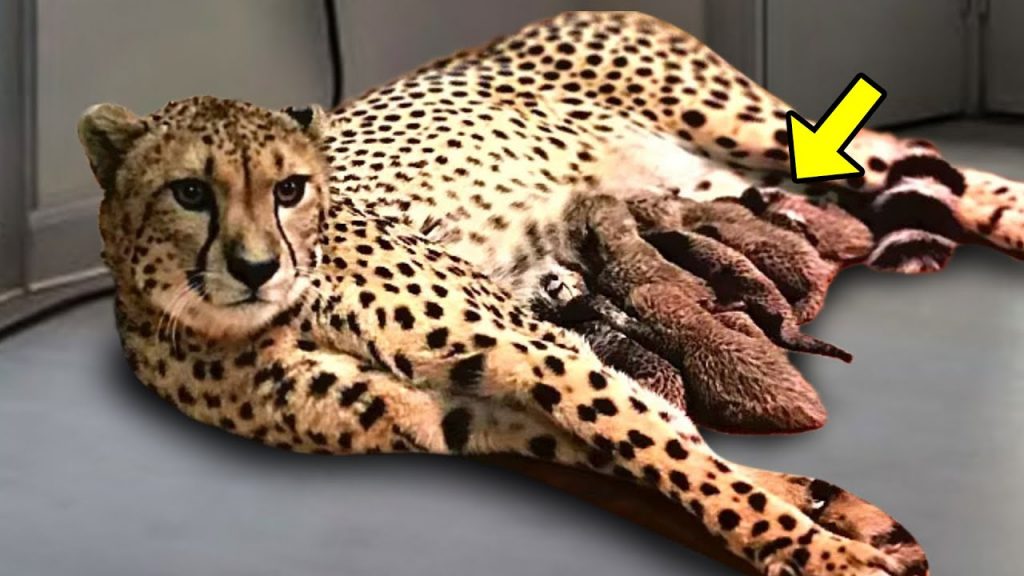Whenever She Goes To Her Yard To Garden She Brings Epsom Salt. The Reason Is Brilliant.
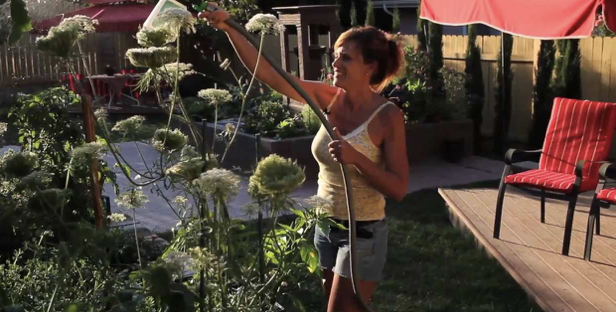
Epsom salt is actually magnesium sulfate, which has been known to have the ability to act as a fertilizer, when mixed into the soil of plants, flowers and trees. This allows the plant to put out more healthy growth!
The video you are about to watch below, provides a tutorial in using Epsom salt MORE DIRECTLY on your flowering and non-flowering plants and trees, as well as on bushes and vines that produce fruit and vegetables. By creating a mixture that you attach to your hose, you will see your garden become MORE LUSH IN LESS TIME. She will explain how doing this enables all of your garden, including your lawn, to receive more chlorophyll which converts into energy.
Your fruits and vegetables will be sweeter, leaves and lawn will be greener, and rose bushes (which are finicky), will produce larger blooms. Potted plants, usually more deficient in magnesium than those planted in the ground, will greatly benefit from adding 2 tbsp of Epsom salt into the soil once monthly. Then spraying the actual leaves and blooms as you will see demonstrated, will keep your potted plants blooming all summer.
Please SHARE This Gardening Tip With Family and Friends 🙂
She Cuts The Waistband Off A Used Pair Of Jeans When She Reveals The Final Result It’s Priceless!
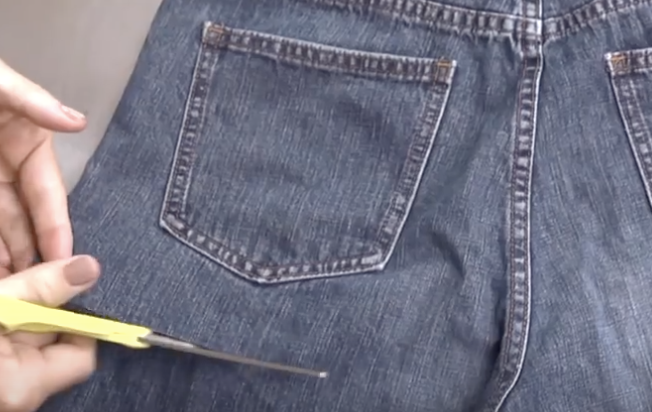
Jeans can be extremely durable and last a long time if they are made well and with quality fabric. When they no longer fit or go out of style we usually donate or throw them away. Instead of doing either of those things, get creative and re-use your old denim by turning unwanted jeans into wonderfully durable garden aprons. The method shown in this video, published by YouTube channel Chow, is fast, easy, and best of all, doesn’t require any sewing. All you need is a pair of old jeans, a pair of scissors, and a minute or two of time to spare.
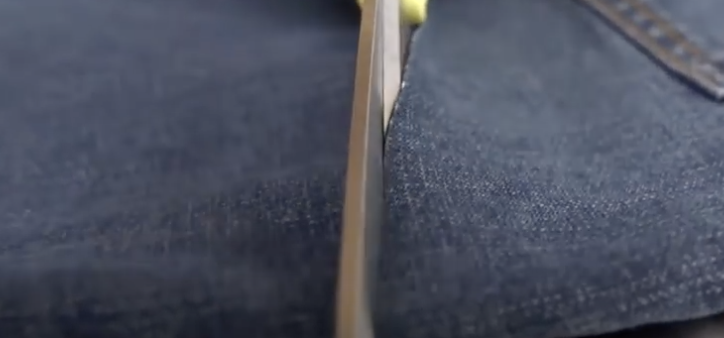
To make your own garden apron follow the instructions on the video and read on. Start by cutting the legs off the jeans about an inch below the back pockets. Then flip them over so the front faces up towards you. Starting at the zipper, cut along the seam right below the waistband until you reach the side seam on both sides. Continue to cut down each of the side seams and then you’re finished.
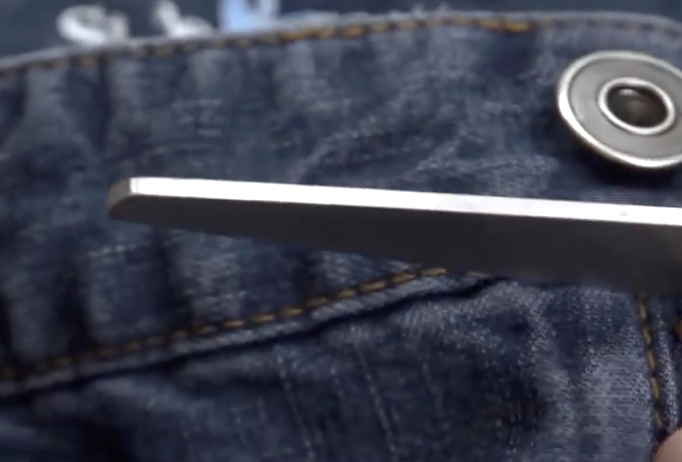
The front portion can be discarded and when it’s time to wear your new apron simply put it on around your waist and securely button it in place like a regular pair of pants. You can button it in the back so that the back pockets are in front, or off to one side so that one pocket is in front and the other is in back. For maximum apron coverage make 2 jean aprons and wear one on each side, like how the video shows it.
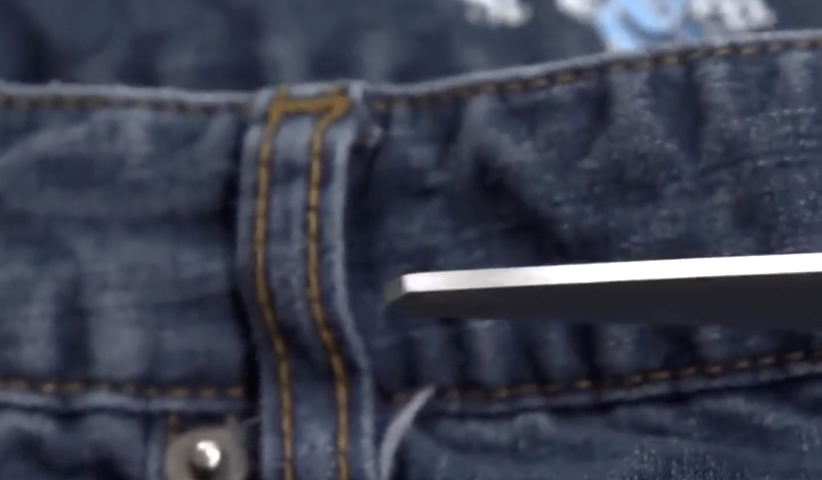
When you’re in the garden the extra pockets on the apron will definitely come in handy. They easily store shears, tools, seeds and more in a convenient and easy to reach place. Since denim is so strong and durable it makes for a great apron that can take a beating and still hold up for multiple uses. Plus, if it ever gets too dirty or worn out you can throw it away without feeling guilty or wasteful!
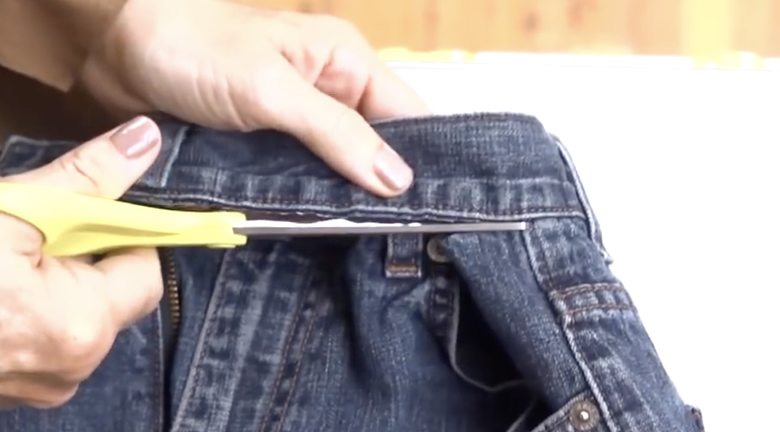
Please SHARE With Family and Friends
Video: This Guy Places A Pot Upside Down Over This Plant. The Reason Is BRILLIANT!
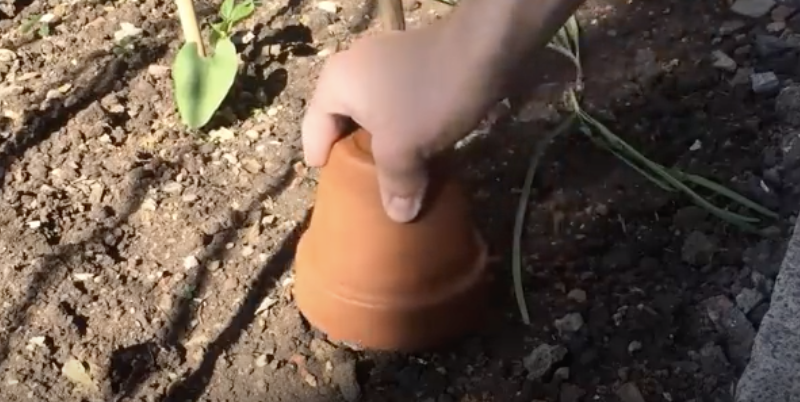
Many people find gardening to be a relaxing and rewarding way to spend time outdoors and help improve their lives. Fresh healthy foods can be had for much less cost than the grocery store kind while flowers, shrubbery and plants can help liven up any plain old yard. The possibilities for gardens are endless with thousands of varieties and combinations of seeds available. You can plant herbs, vegetables, perennial bulbs, shade plants, flowers, bushes, grasses, fruit trees and so on. To make your green thumb even greener, here are some clever ways to help you garden that all include items you can easily find or already have on hand.
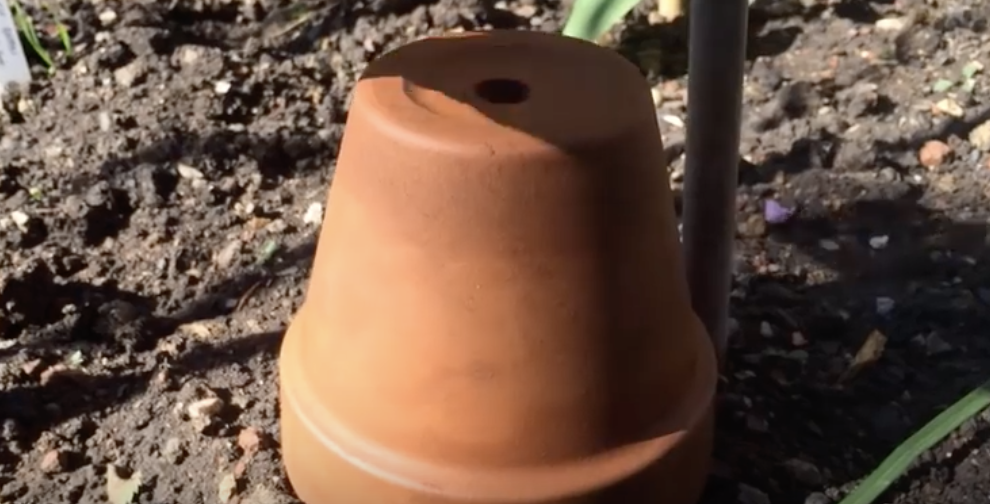
First, use a long wooden handled gardening tool as a measuring stick by marking off intervals on it. When the need arises for plants to be evenly spaced, you will be ready to go. To label where and what certain plants are, recycle last years labels by scraping off old marker with sandpaper.
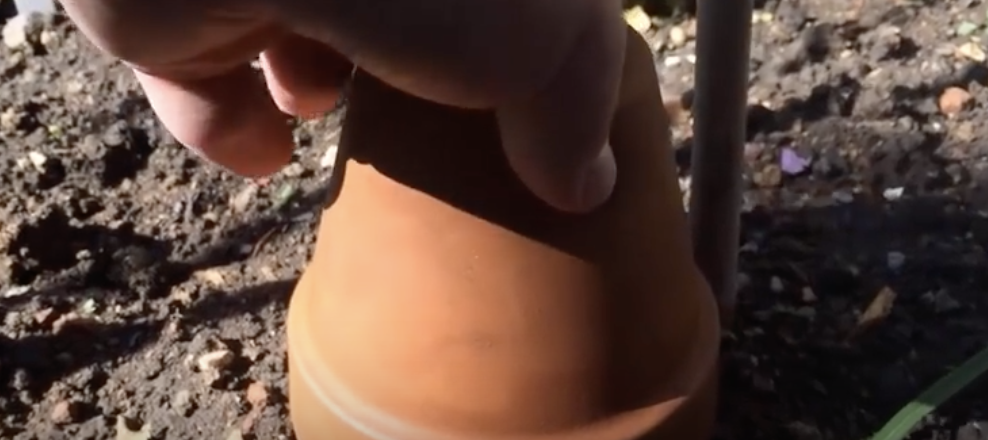
Alternatively, you can take some flat stones or tiles and use them as markers, or make your own by cutting them out of plastic cups. When it is cold enough to potentially get frost, protect seedlings by covering them with a terracotta pot at night and then uncover it in the morning. If you ever need to get rid of aphids (aka plant lice) wrap sticky tape around your hand to brush them off plants while keeping them off your hands.
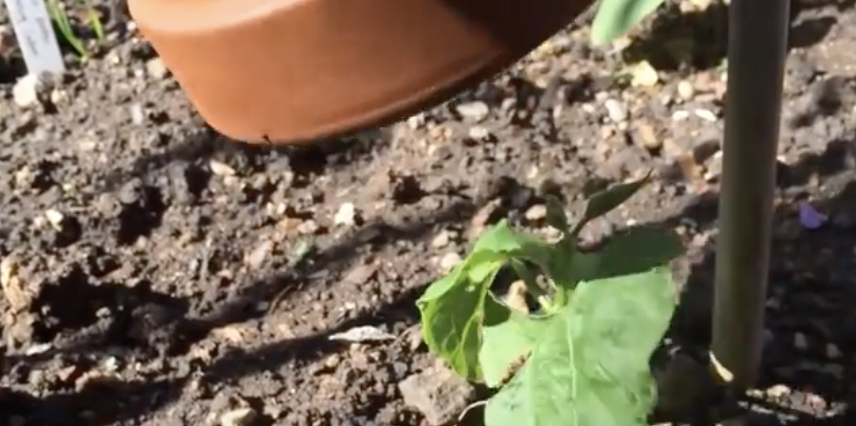
Now time for the water related hacks. For an easy irrigation system take plastic water bottles, punch several holes in the cap, cut off the the bottom, insert in the ground near the plant, and fill with water. The water will slowly be released into the ground and last longer, which is especially needed if your growing plants in dry, hot conditions.
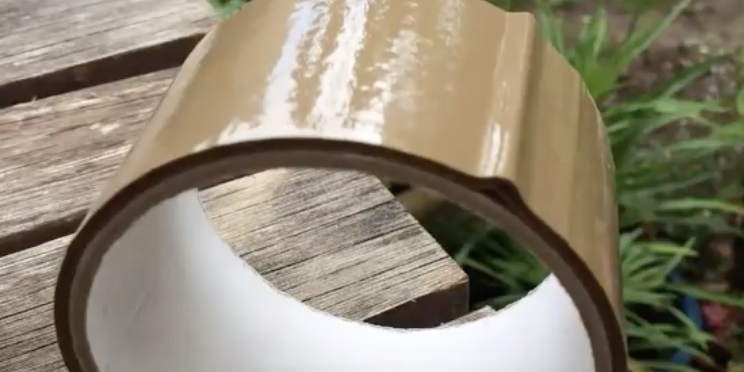
You can reuse water leftover from cooking, such as water used to boil veggies in, and collect rainwater from your roof/eaves to water your garden and decrease overall consumption. Another H2O trick involves soaking seeds overnight in lukewarm water to help them germinate and sprout earlier.
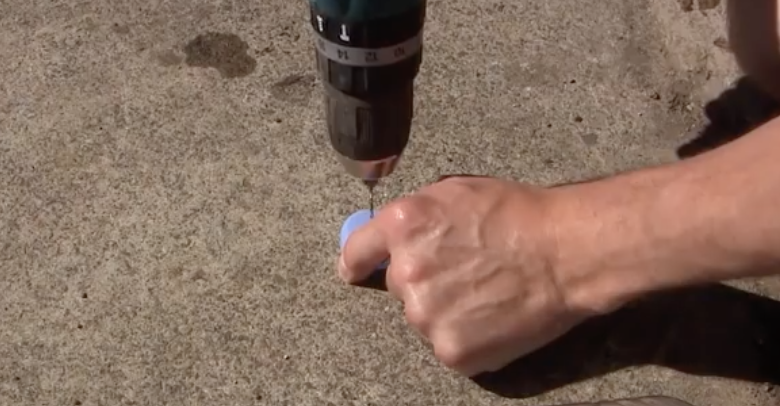
Next, if you have plants sensitive to root disruption, like peas and beans, use cardboard tubes as planters. This helps ensure their roots don’t tangle up with each other and makes transplanting them much less stressful on the plants. For those with limited space, drill holes in gutters to make a wall garden, and try to use other available vertical surfaces by getting creative.
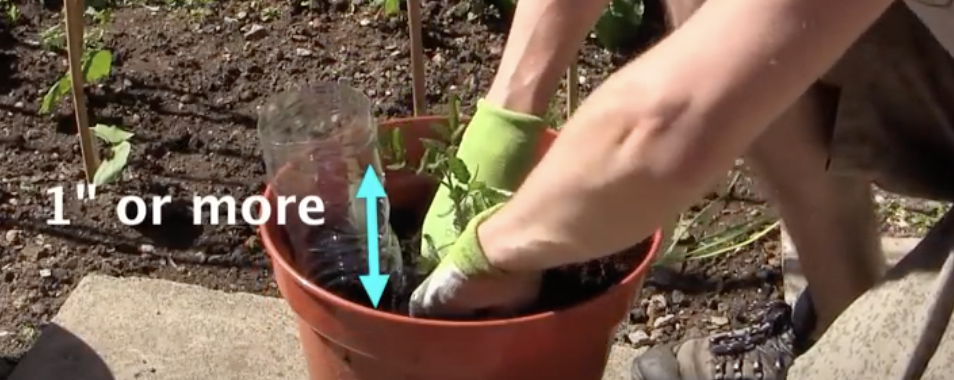
There is also software and apps available for planning and plotting out gardens. It’s useful for new and seasoned gardeners and, best of all, has been shown to reduce the chance of having failed crops. For more information and a better visual understanding of the points covered above, check out the video and enjoy! Happy Gardening!
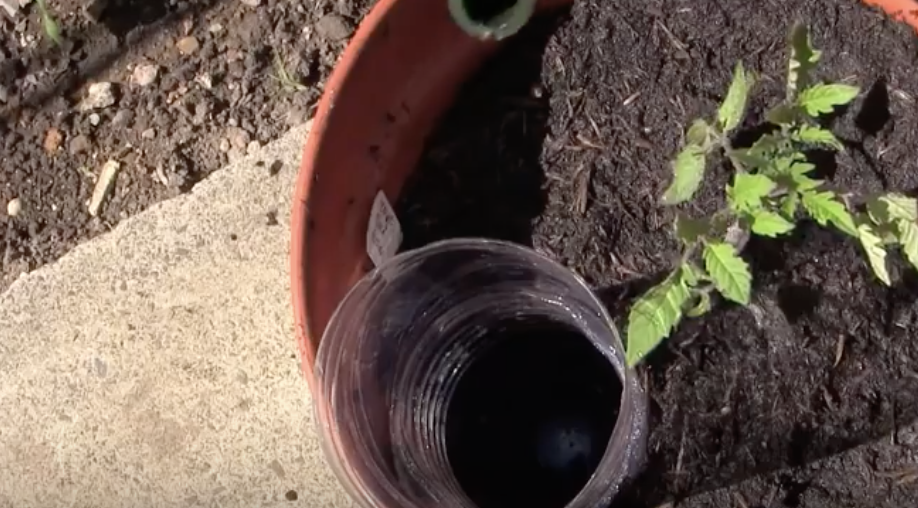
Please SHARE With Family and Friends
Can You Find The 6 Hidden Words In This Gardening Scene?
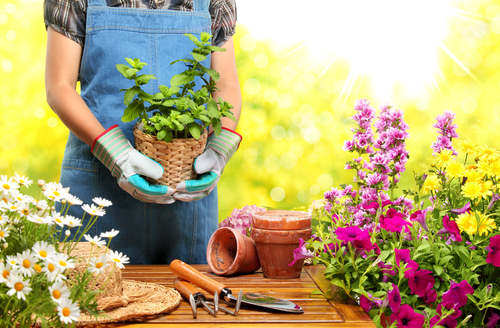
Take a break from all of the boring, overly serious, or depressing things you’re bombarded with daily and instead feed your brain a fun distraction with this G-rated hidden word picture search. It’s one of the most recent mentally stimulating puzzles courtesy of Playbuzz, and so far it has proven to be quite a challenge for many people!
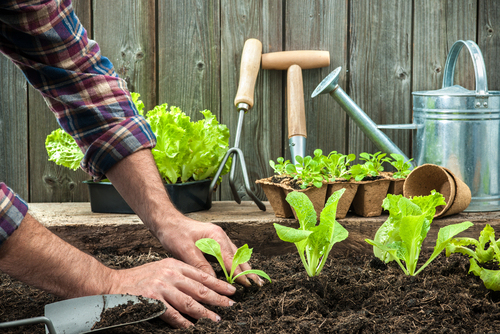
The cartoon drawing below features a family of four gardening together on a lovely day. Dad is hauling a wheelbarrow full of orange pumpkins, mom just picked up a bushel of cucumbers her daughter picked, and their son is plucking ripe red tomatoes fresh off the vine.
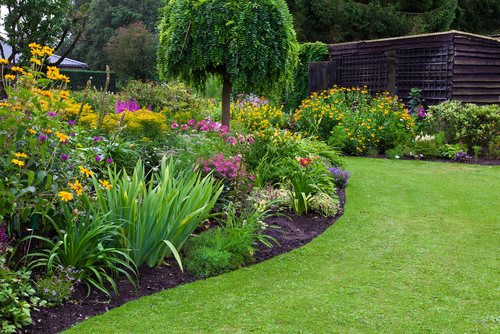
An ineffective scarecrow looks on in the background with a red bird perched on the brim of its hat. Somewhere in the picture is a total of six words that have all been strategically concealed in the drawing. Each of the hidden words relates in one way or another to the happy family gardening scene, can you spot them all?
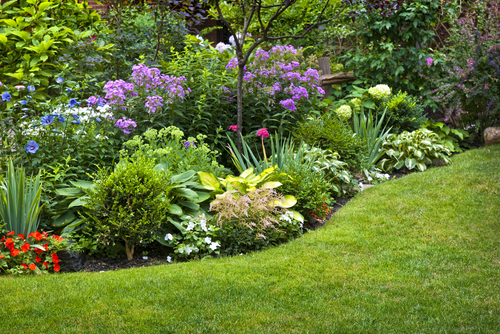
This is a great diversion that can keep you busy for a minute or two but it could potentially end up taking a lot longer because it really all depends on how fast you pick up the words and whether or not you try hard and focus. See if it takes you ten seconds or ten minutes to solve the puzzle and find all 6 words!
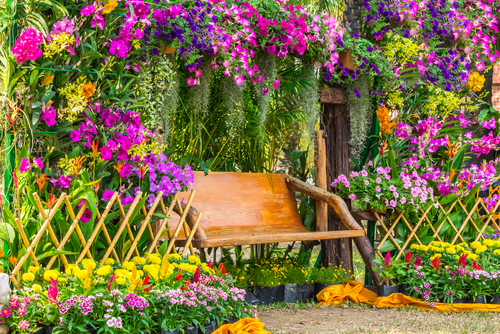
Please SHARE This With Family and Friends To See If They Can Find All The Hidden Words 🙂
Whenever He Gardens He Always Brings Irish Spring Soap. The Reason Is Brilliant.
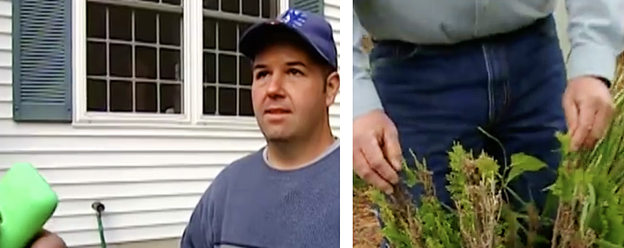
image via – youtube.com
We all love Bambi and cute little rabbits, and have a romantic, peaceful fantasy of watching them on our property…until reality hits. Planting and tending my garden is one of the highlights of spring and summer. I nurture my plants with great love and care, so when deer and other critters eat them for lunch and dinner, I’m not a happy camper!
As I live in the woods, it’s impossible to fence in the area to protect the plants, both logistically and financially. I’ve tried all kinds of deer and and rabbit sprays, which work for a while, but with enough rain it washes away. I never spray in the winter, and it seems that the critters love munching in late fall and winter as well.
The expense of replacing trees, shrubs and beautiful plants is huge and extremely aggravating when you put so much time into cultivating your vegetable and plant gardens. This year, prior to replanting things that had died as a result of animal grazing, I came across this simple and inexpensive remedy that keeps them away, as they are repelled by the smell…IRISH SPRING SOAP!!
As you will hear in the video below, this is a remedy that really works! I used shavings and put them in little gauze bags, and hung them on vulnerable trees and stakes near the ones that are particularly tasty to bunnies and deer. So far so good! If you can’t get Irish Spring, any SCENTED SOAP with TALLOW will do! This great VIDEO includes a FEW OTHER OTHER tried and true METHODS for protecting your treasured plants and trees from grazing animals whose munching destroys them!
Please SHARE this GREAT HACK for PROTECTING YOUR PLANTS FROM DEER, RABBITS and MICE with your family and friends!
He Takes a Lemon Seed Wraps It In a Towel and Puts It In a Bag. A Week and a Half Later Awesome!
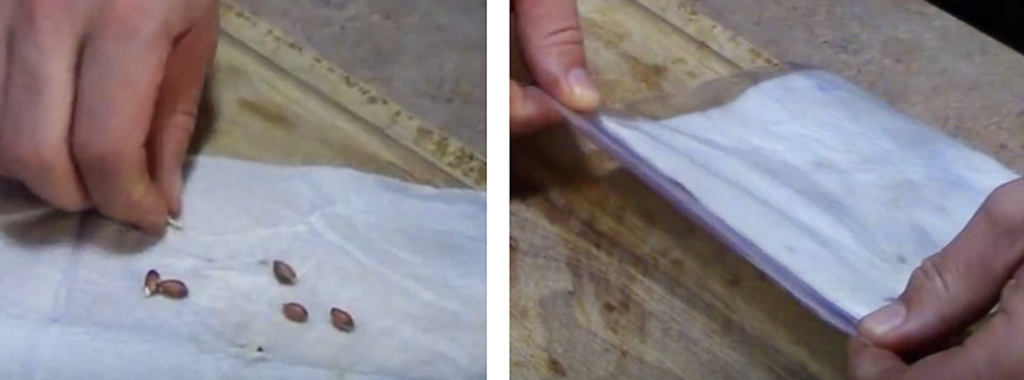
Houseplants have the ability to make our lives a whole lot better. Simply placing a few indoor plants strategically around your living space can make you healthier, more focused, and happier. That’s because plants are basically mother nature’s air purifier and humidifier all in one. We all know by now that they release oxygen and water vapor into the air, and absorb carbon dioxide from it.
A lesser known, yet more important, benefit of having plants scattered around our houses is their natural ability to clean the air and rid it of volatile organic compounds, or VOCs. VOCs are nasty, invisible, toxic substances which make their way indoors and are commonly found in items such as plastic bags, carpeting, and paint. Once inside these compounds usually end up trapped, because most buildings are well-sealed and temperature regulated, and we breathe them in. According to NASA research, every 24 hours houseplants can remove up to approximately 87% of these VOCs by trapping them in soil and converting them into food. That’s pretty awesome and you don’t even have to lift a finger to reap the benefits!
You also don’t even need to buy a plant to get all the positive effects that come along with having them inside the house. Instead, you can grow your own from seeds that you already have… if you have a lemon on hand! Lemon trees are wonderful to have in your home. They smell zesty and strongly of citrus, even just one will leave a space smelling noticeably fresh and clean.
This video from Mr Eastcoastman will show you exactly how to grow a lemon tree from the seeds of a lemon that you can pick up at the grocery store. All you’ll need is a lemon, a few paper towels, a Ziploc bag, and some patience. Read on for what to:
1) Take a lemon and cut it in half. Remove any seeds you may have sliced with the knife and discard.
2) Dig out the remaining seeds, wipe them clean with a paper towel, and dry them off as best you can.
3) Remove the outer shell that surrounds the seed by grasping it firmly with a paper towel and locating the pointed tip. Use your fingernails to peel the shell down and off from that point. Once the shell is fully removed the seed will look a lot darker. Repeat this step with as many seeds as you’d like.
This step is the key to growing a lemon tree faster. The protective shell surrounds the seed and must rot away before it can sprout, which often takes a very long time. By removing the shell you drastically speed up the time it takes for the seed to sprout!
4) Place all of the dry, shelled seeds on a paper towel square and fold it in half, then fold it in half again so that all of the seeds remain securely wrapped inside it.
5) Dampen the paper towel with just a little bit of water, stick it inside a Ziploc bag, and seal it closed. Jot the date down on the bag before placing it in a dark warm spot.
This helps germinate and start your seeds!
6) After about 8-10 days open the bag and check the seeds to see if they have sprouted. If there are no sprouts, re-seal the bag and wait a few more days. If there are little white roots beginning to show, they sprouted and are ready for planting.
7) Fill a pot with soil, place the sprouted seeds in the dirt and cover them with a thin layer. Water regularly as needed and soon you’ll have a beautiful lemon tree growing!
Finally, lemon trees grown indoors will need extra support as they grow taller to keep them from bending or breaking. Simply place a stick in the soil and use twist ties to secure the tree to it. As it grows larger and stronger it eventually will become steady enough to stand on its own and you can remove the supports.
Please SHARE This With Family and Friends 🙂


